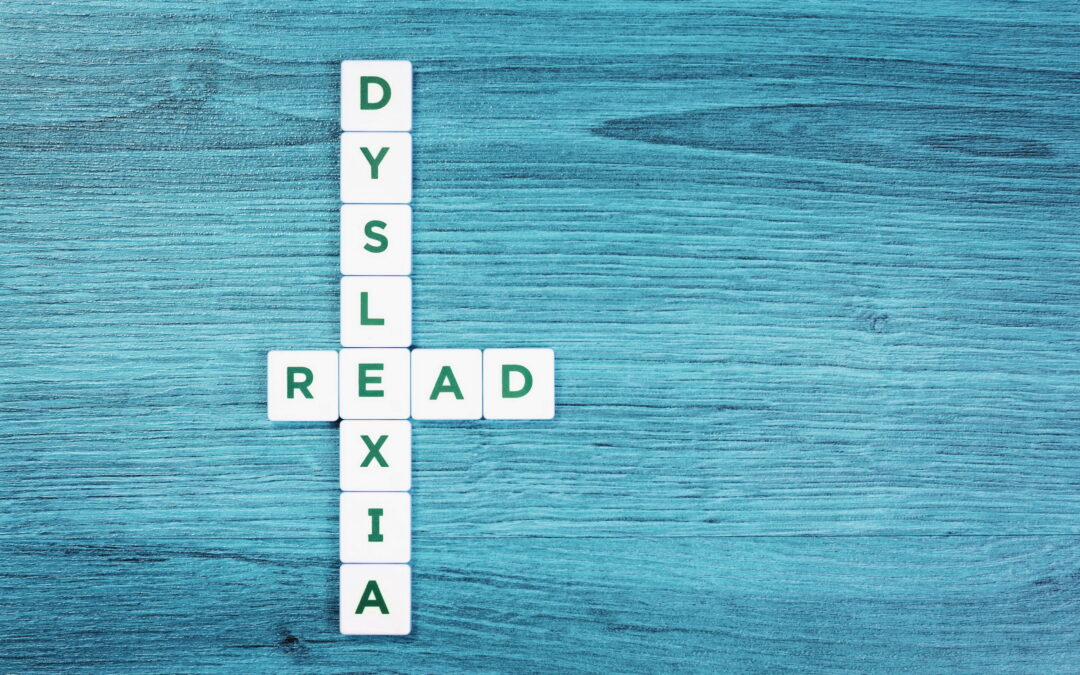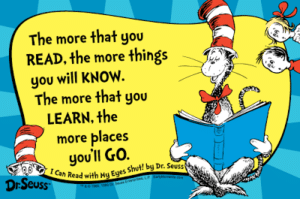What does it mean?
Finding out you have a child with dyslexia is the start of a long journey – with many ups and downs. I’ve been there – I still am! You might be anxious, confused and feel helpless. However, with the right support and knowledge, you will give your child all the tools they need to succeed. One of the first stops on your journey should be how to teach a child with dyslexia to read.
To help your child with learning to spell at home, click here
Take the pressure off!
When we found out Ella was dyslexic, I was overwhelmed by the amount of information available and where to start. There was so much information that I was completely overwhelmed. So much of what I wrote was full of jargon, aimed at educators and simply out of my comfort zone. I want to change that.
I want to create a space where parents can learn more, find that crucial support and start really understanding how they can help, regardless of how much time you have. If you simply don’t have the time to spend purely focusing on this (I mean who does !?!?) that does not make you a failure. Just reading with your child in the evening has such a positive impact on their lives. Learning how to teach a child with dyslexia to read should not be pressured and should never come with a strict deadline. I want to use my platform to alleviate any fears parents might have and create a concise hub of information and resources for both parents and children.
Your child WILL learn to read
It’s important to first remember that children with dyslexia CAN and WILL read. With help and support, they will love books and will read well. It might just take them longer to get to that stage than their peers. Try not to compare your child – it won’t help anybody. Focus on where your child is at, not where the curriculum guidelines say they should be.
Secondly, children with dyslexia don’t make random reading errors; the errors they make are very specific. This is so important to remember when learning how to teach your child with dyslexia to read.
The most common issues are listed below:
- Reading a word on one page but not recognising it on another
- Understanding phonics, but find it difficult to sound out an unknown word.
- Slow, and often, inaccurate reading of single words with no storyline or picture for clues
- Tiring easily when reading for a short time
- Spending much energy on trying to figure out the words and therefore reading comprehension may be low.
- When misreading, they will often say a different word that has the same first and last letter
- Inserting or missing out of individual letters when spelling
- Substituting similar-looking words despite them not making sense: girl/gril, who/how
- Ignoring punctuation when reading aloud
- Misreading, overlooking, or adding small articles like: ‘from’, ‘the’,’ to’, ‘were’, ‘are’, ‘as’, ‘an’,’ a’, ‘of’.
- Reading and writing the wrong way. (Directional confusion)
- Confusing b’s and d’s; b’s and p’s; n’s and u’s; m’s and w’s. (Directional confusion)
- Substituting a word that means the same thing but doesn’t look the same (especially when reading books with pictures)
How you can help with reading
- Read what they are interested in. Whether it be animals, fairies, dinosaurs, building, craft; stock up on books on their favourite subject. They are far more likely to develop a love of reading if they are interested in the books they can choose at home.
- Consistency is crucial. Take your time and don’t try to rush to the end of the book. Whether your child is able to read a page, a chapter or a few chapters a day, don’t force them into reading more than they can manage. Stick at it daily and you will start to see great improvement.
- Make sure your child continues to read aloud. Kids are great at masking things and while it looks like their sailing through their books, they may have simply memorised it or skip chunks they struggle with. Take the time for reading aloud so you can clearly see where there may still be gaps. However, less is more! It could start to really frustrate your child if they feel like you don’t trust them to read by themselves.
- Audiobooks and read-to-me books are great! They will never replace reading but are great for some downtime. If they are reading for pleasure, let them listen to stories as well. You don’t need to be teaching them every time they pick up a book.
- Don’t worry! As hard as it may seem, try not to worry too much. As you will find in my blog here dyslexia is just a different way of learning.
- Use the tools available to help you and your child. There’s a huge web of resources out there to discover. My favourite apps that we regularly use can be found here
Kids are resilient
Finally, if Ella has taught me one thing it’s that kids are far more resilient than we give them credit for. She hasn’t let dyslexia hold her back one bit. Things might take her slightly longer to grasp but she always gets there in the end. Patience and perseverance are key to helping your child.
Don’t let dyslexia define your child. Let them guide their own path through the uniquely wonderful way they get to see the world.
This is part one of a three part series in how as parents, we can help our children. Read part 2 here (spelling and writing) and part 3 here (rote learning and organisation).



Recent Comments